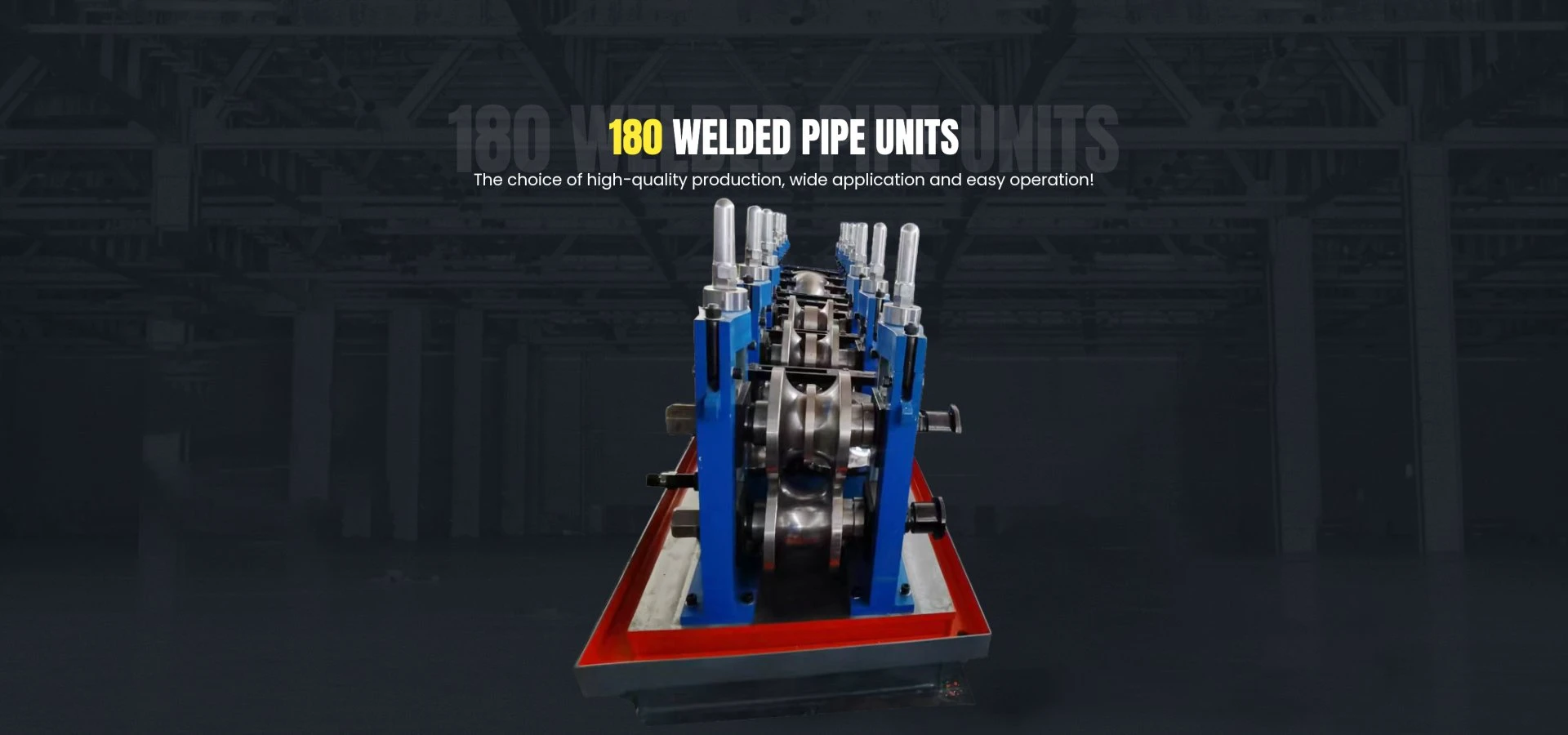3. Quality Control After profiling, the sheets undergo rigorous quality checks. This includes measuring thickness, checking for surface defects, and testing for strength and flexibility. A high-quality IBR sheet should withstand environmental factors such as wind, rain, and temperature variations, thereby ensuring longevity and reliability.

The roll forming process begins with unwinding a metal coil, which is then fed into the forming section of the machine. As the strip moves through the series of rollers, it undergoes deformation, gradually taking on the desired shape. Advanced roll forming machines may incorporate additional features, such as hydraulic systems for managing pressure and ensuring smooth operation. Once the profiling is complete, the formed strip is usually cut to length using automated shears, resulting in a finished product ready for shipment or further processing.
